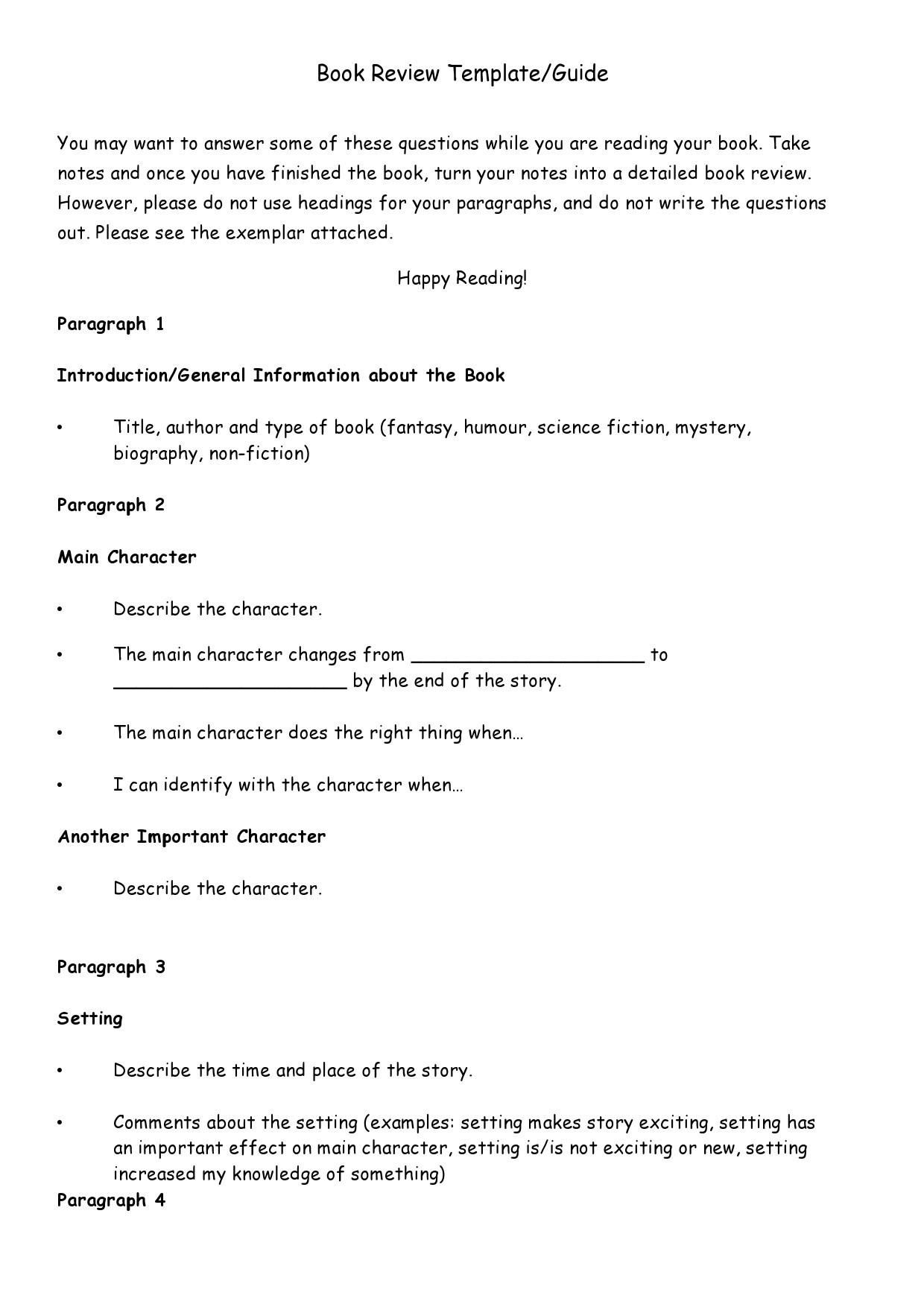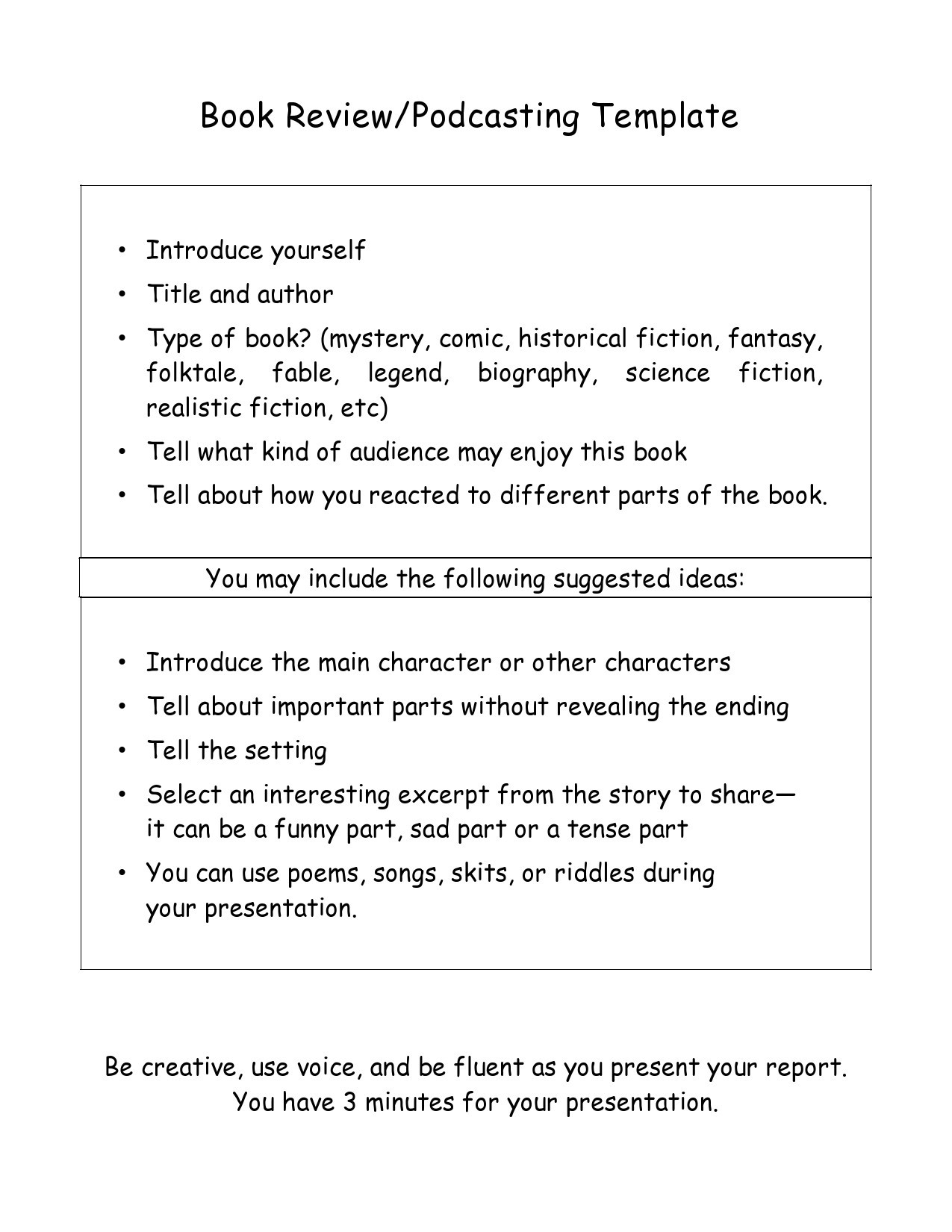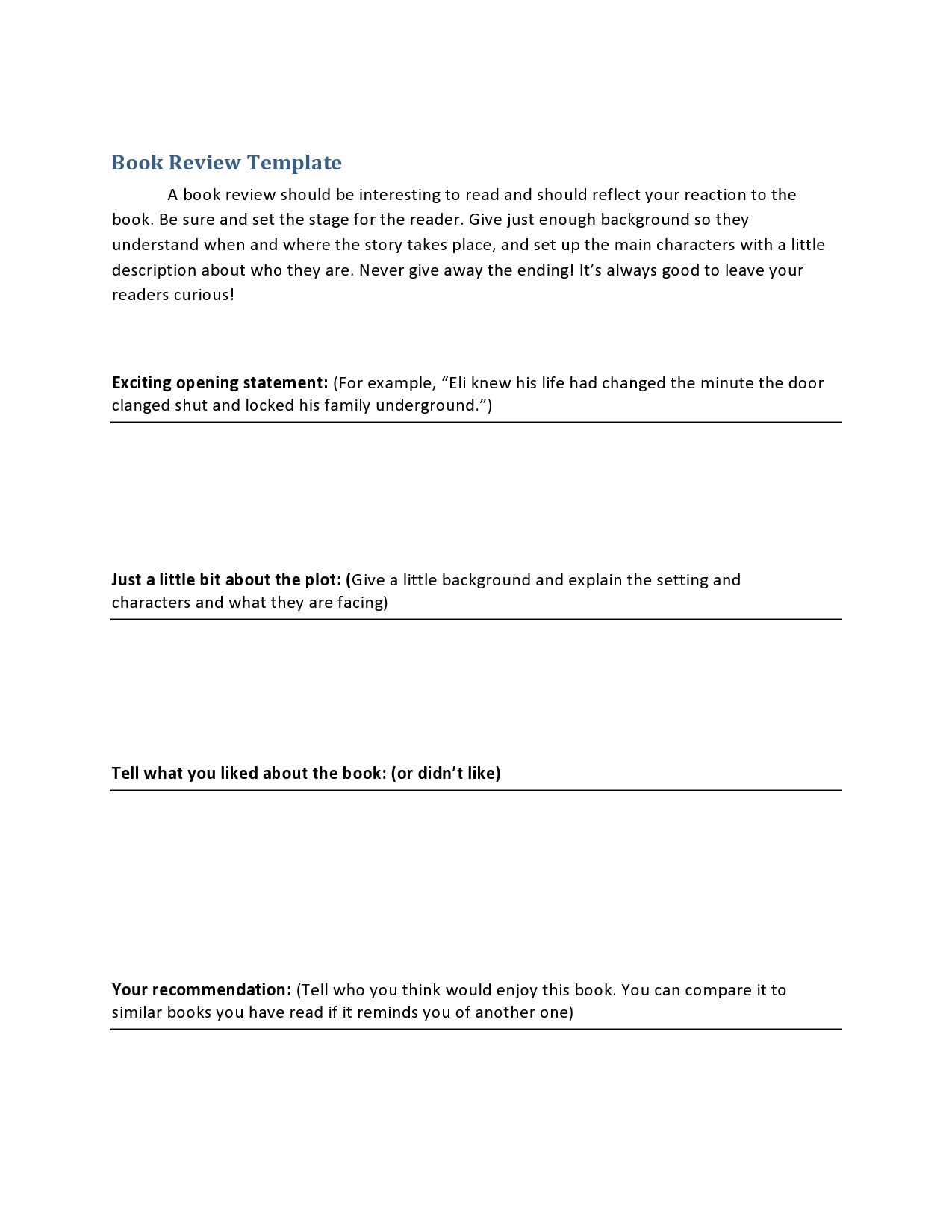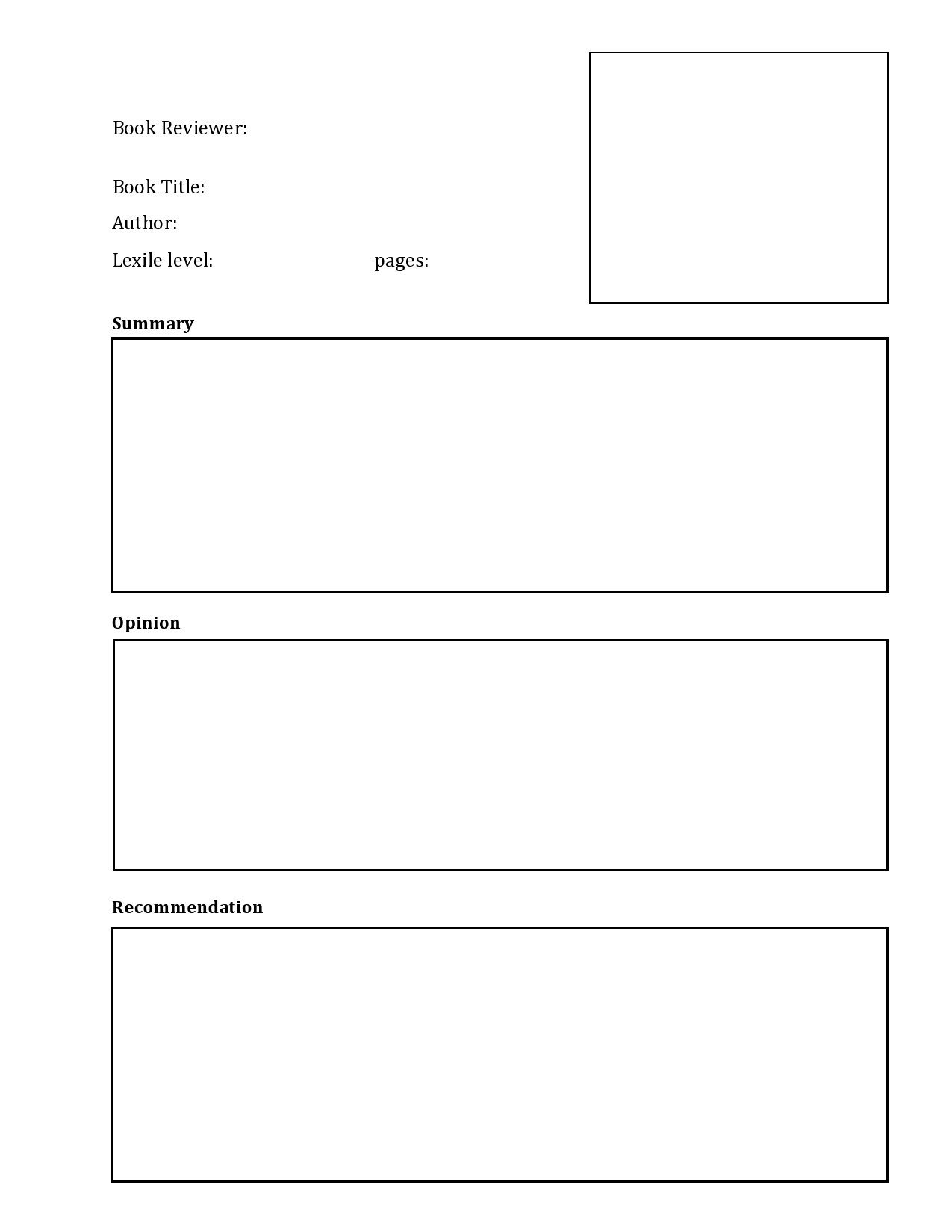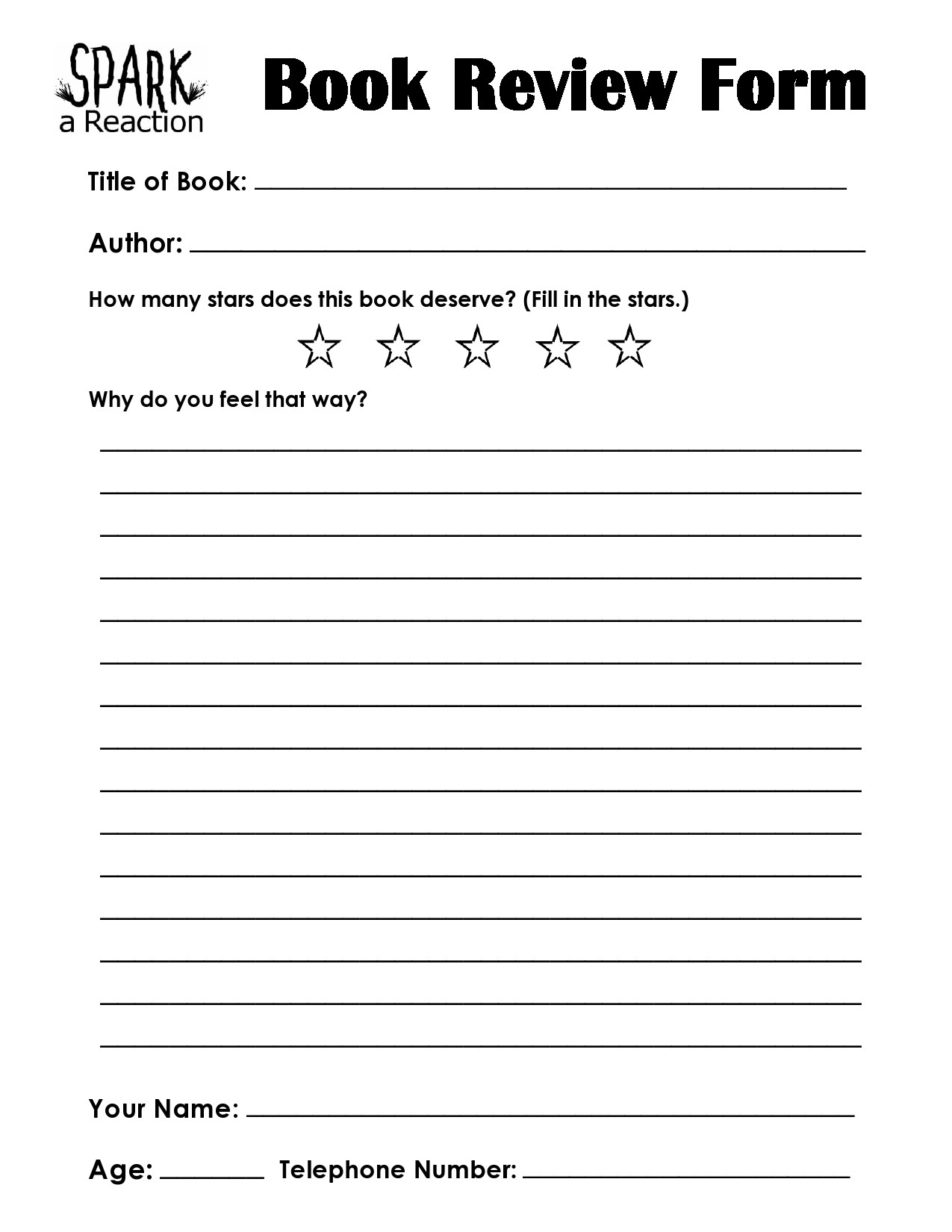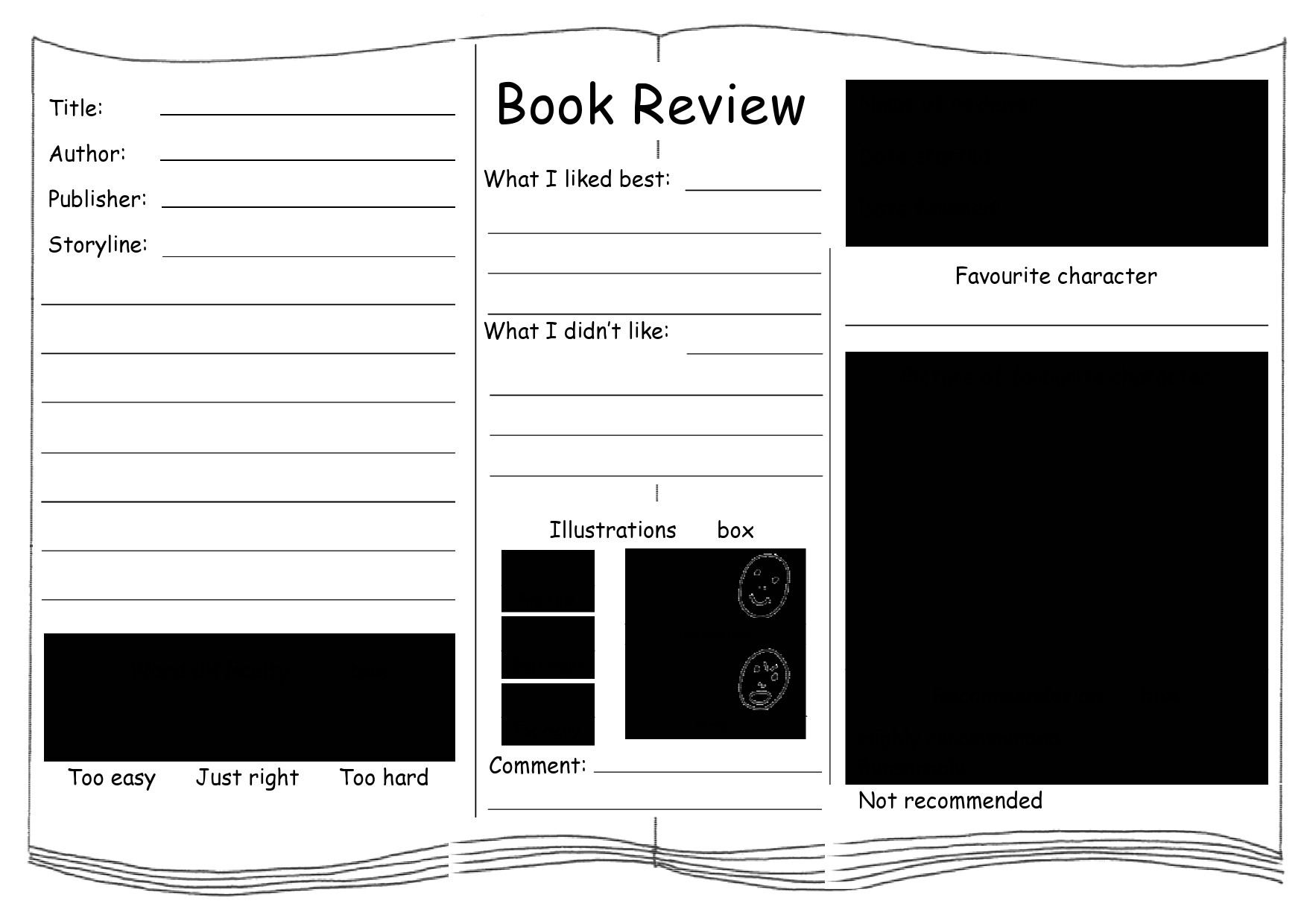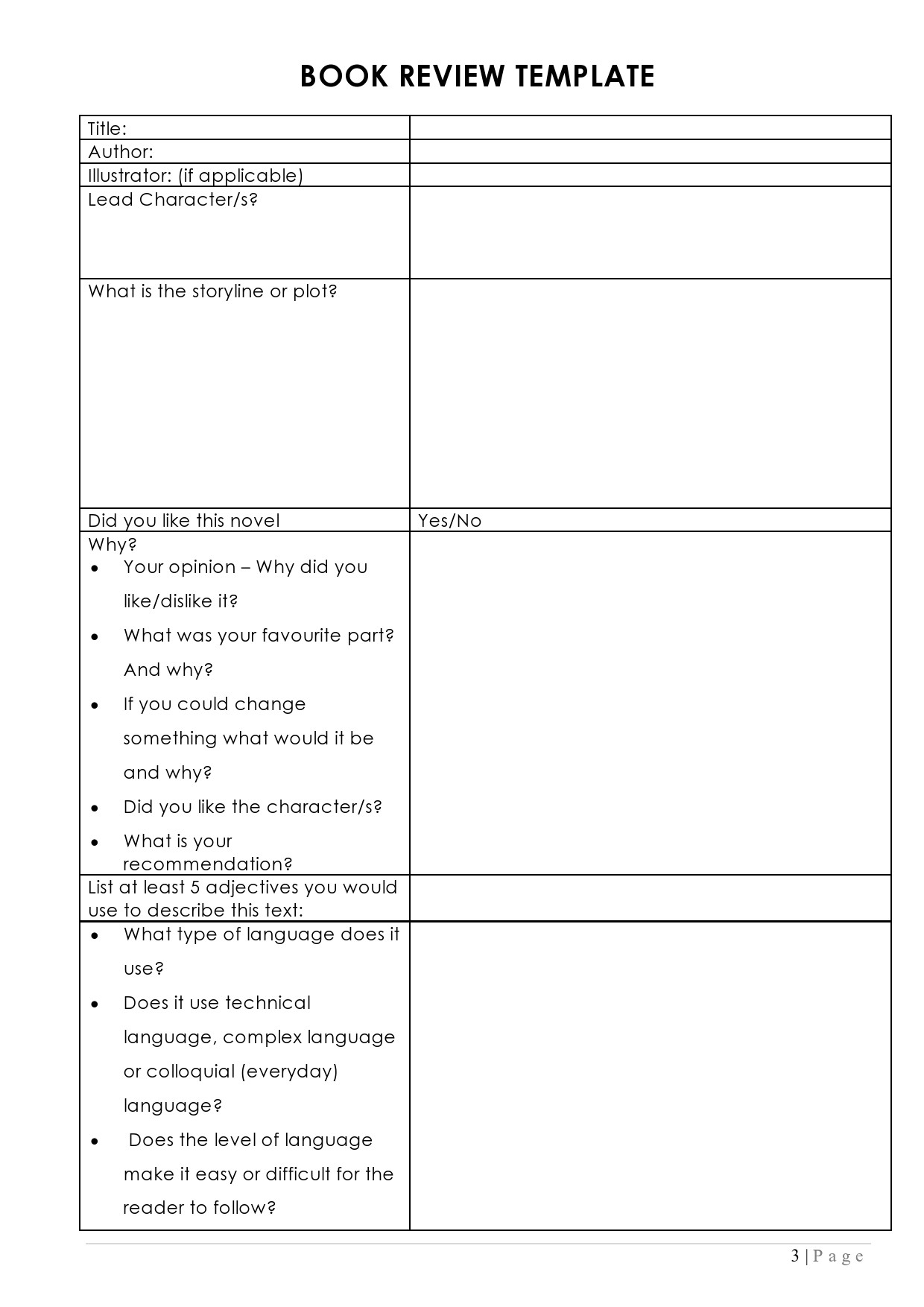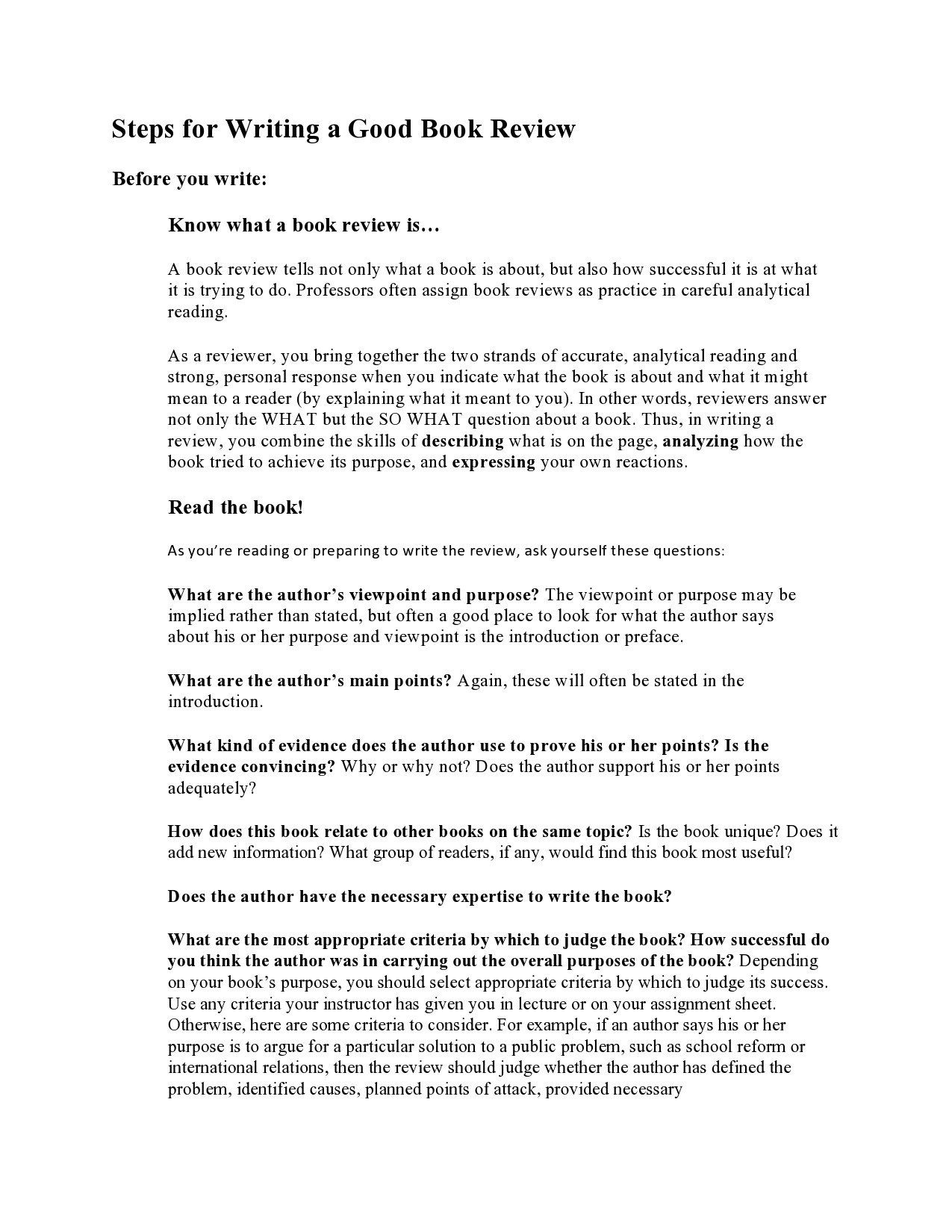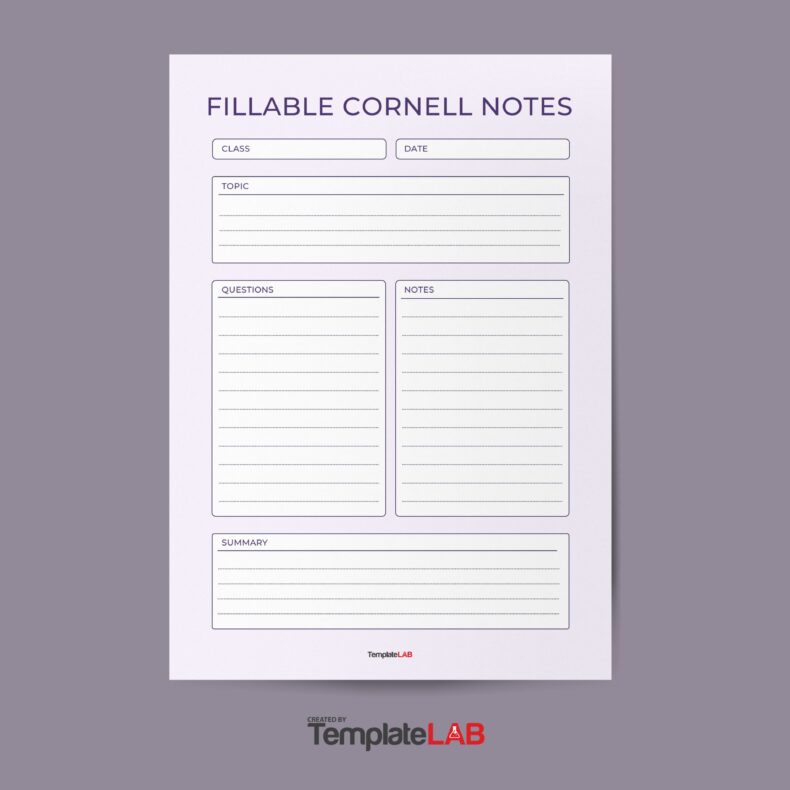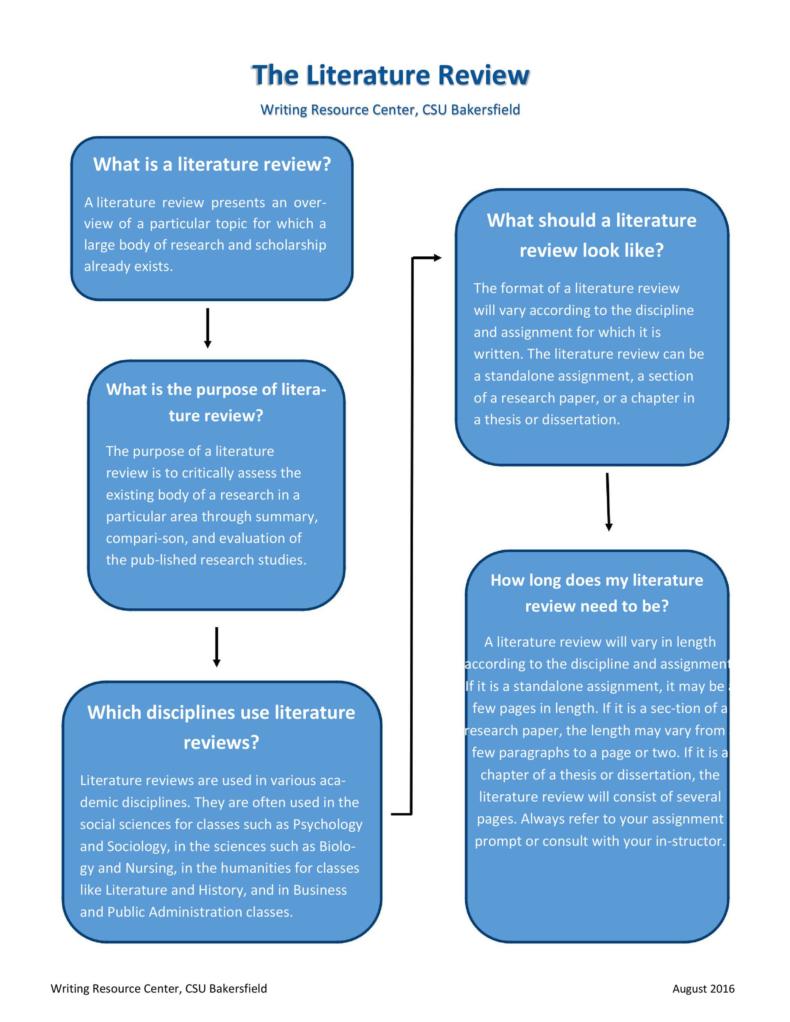A book review template enables you to illustrate the intentions of the author who wrote the book while creating your own opinions and criticisms about the written material as a whole. By writing this template, you formulate your own opinions about the ideas presented by the author. In some cases, teachers assign students with the task of writing a book review template too. Through this, the teachers can determine how well the students understood the book.
Table of Contents
- 1 Book Review Templates
- 2 How long should the book review template be?
- 3 Book Review Templates For Kids
- 4 Parts of a book review template
- 5 Book Review Templates Middle School
- 6 Planning to write your book review
- 7 Book Review Templates High School
- 8 Starting to write your book review
- 9 Book Review Templates for College
- 10 What to include in your book review?
Book Review Templates
How long should the book review template be?
One main purpose of a book review template is to help other people determine whether or not they would feel interested to read a book. A book review worksheet serves as a “sneak peek” at a book. Written well, it can encourage others to read the same book to see what all the fuss is about.
Just don’t make your review too short as it might not serve its purpose. Conversely, a review that’s too long might bore the reader, thus, prompting them not to finish reading all the way to the end. Instead of focusing on the length of your review, focus on what you want to say in it.
Book Review Templates For Kids
Parts of a book review template
If you’re a student, all you have to do is give your own opinions and thoughts about the book you have read. But if you want your review to stand out, you may want to include more information:
- A brief summary
When writing a book review template, include a brief summary along with some background information about the topic and the author. As you write, don’t assume that the readers have already read the book. This is why you should explain the main ideas and topics you have read and their significance. - Background information about the topic
As you write the background information, do a lot of research about the main topic to provide comprehensive data. Even if it’s a fictional story, doing research is essential. That way, the opinions and evaluations you share about the book come from your own good understanding of what you have read. For non-fiction, you may choose to include studies or research about the topic of the book to come up with a comprehensive review that your readers will appreciate. - Your evaluation
Conclude your book review worksheet with an evaluation of what you’ve read. More than just your opinions, provide an evaluation of the strong points, weaknesses, and even the objectives of the book and if the author met these objectives.
After this evaluation, you can include your opinions. Explain your reactions and the reasons for these reactions. Don’t just say “I didn’t like the book.” Specify the parts you didn’t appreciate and your reason why. This makes your review more believable, especially when you’re writing for a book that’s available for purchase.
Book Review Templates Middle School
Planning to write your book review
You can write a book review template for books of all genres and for different purposes. Of course, writing a book review template for different genres requires skill. While you would follow a single format for these reviews, the content varies greatly. Part of the writing process is to plan what to write in your review. Here are some tips to guide you:
- Create an outline that includes all of the most important points that you want to include in your review. In the outline, include information about the plot, the characters, and other important details in the book.
- For each point in your outline, create a paragraph that talks about it.
- You should have a good understanding of the plot so that you can write your review effectively.
- Analyze the writing techniques that the author used. This makes it easier for you to understand why and how the author wrote the book.
- Analyze the characters of the book to see if they seem realistic, believable or even logical, especially in terms of the roles they play in the plot of the story.
- Decide whether you would recommend the book you’ve read to other people. If you want to recommend it, explain why. If not, provide an explanation for this decision too.
Book Review Templates High School
Starting to write your book review
Most book review templates start with a brief summary of the book. If you decide to start the “traditional” way by writing a summary, make sure that you don’t give away too many details about the book. You shouldn’t retell the story or share too much information that the reader won’t even bother to read the book because they already know what it’s about. More importantly, people don’t appreciate it when reviews include spoilers.
When it comes to reviews, you can also begin in different ways depending on your preference or the requirements given to you by your teacher. Here are some suggestions for you:
- Provide background information about the book
Here, you share what makes the book interesting or important. It might have a well-known author, it may be part of a series of books or it may even be a bestseller. The background information you provide should hook the reader and make them feel curious. - Explain an important term used in the book
If you think that an important term or phrase in the book might confuse the readers, you can start your review by providing a short explanation for it. This makes it easier for readers to understand the book and not feel intimidated by it. - Share an interesting fact about the book
This way of starting your review is particularly effective for nonfiction books. By sharing an interesting fact that you have taken from the book, you will catch the interest of your readers. - Start with a quote
Finally, you can also begin your review using a striking quote you’ve taken from the book. This is a powerful way to begin your review and it also makes the whole document more interesting to read.
Book Review Templates for College
What to include in your book review?
Thinking about what you want to say in your book review template can feel like a challenge. But it doesn’t have to be. As long as you have an idea of the content to include in your review, the words may start flowing easily. Here are some ideas of what your book review may contain:
- General information
Talk about what kind of book is it – is it an adventure book, a fantasy book, a nonfiction book, a novel, and more. State if it is a standalone book or if it’s part of the series. You can even share interesting facts about the author of the book if you feel like this information can help your readers.
Here, you can also compare the book to others of the same genre or topic. Talk about the style of the book and the language the author used for it. You can even recommend the age groups the book is most recommended for. - Plot
Writing this part is the most challenging since you want to provide your readers with a taste of what the book is all about without divulging too many details or spoilers. When writing a book review for stories, never give away the ending! - Characters
Your review should provide good information about all the characters in the story. You can learn more about the characters by analyzing their dialogues, actions, and how they interact with the other characters in the story. When talking about the characters, you can share some examples of instances that stood out in your mind. But again, don’t give away too much. - Theme
Here, you talk about what the book is really about. Apart from the plot, you should also try to share the ideas behind the story that you’ve read. For instance, is the book about hope, love, friendship, the triumph of good over evil, and so on. This is another important piece of information that your readers may appreciate. - Setting
This refers to the place and time when the story happens. When including this information, don’t just share the location. You can even add descriptions to make this part more interesting to read. - Opinions and analyses
Finally, this is where you would share your reactions to the book. After giving the facts, it’s time to talk about how the book moved you, what you thought about it, and how you interpreted everything you’ve read. This would be the “meatiest” part of your book so you should spend more time on it. This also happens to be the main purpose of the book – your review – which is why it’s called a review!







